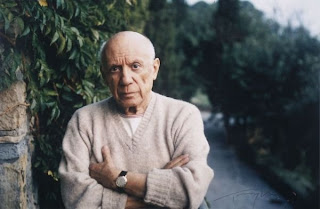 |
Portraiture-
Eyes to the camera and she is showing
her emotions & feelings. |
1-The difference between portraiture and fashion photography is that portraiture is an image of someone to show their feelings-and it is usually either a full body pose or from the shoulder up shot, whereas fashion photography is for modelling fashion items and trying to sell a designers garments, and these can be from a very wide range of different angles and camera shots.
An image is a portrait when you can see them showing a certain feeling or showing who they are as a person. They are usually looking into the camera and on their own, this could be them showing us what their job is, what their status is (depending on what is in the background), or what they are feeling.
 |
Fashion Photography-
Wearing a long designer garment
in a different setting
to a studio. |
An image is a fashion photograph when you can see them holding a pose, wearing certain things with lots of fancy hair and make up. Fashion photographs are similar to portraiture because they are sometimes still looking into a camera showing an emotion/feeling, but portraits are more down to earth and 'friendly' types of photos. The portraits are with their own clothes and their own make up/hair.
2- I think that the way some fashion photos are manipulated/airbrushed is worrying. This is because the model probably doesnt look half as 'good' as they make her/him look in the magazine. This leads on to the audience being lead into thinking that what these models look like is what they need to look like, and this can lead to drastic measures such as eating disorders or perhaps surgery. The audience are being fooled into thinking that the size 0 models are 'perfect'.
In all honesty, i think that millions of teenage girls would dream of being in a magazine, and because of all of the photo manipulation, they believe that they have to lose drastic amounts of weight and have the right hair or face in order to successfully end up in a magazine and become famous.
I also think that young girls (as well as boys) sometimes look at themselves and think that they are not good enough, looks-wise to be in a magazine, because of the examples set in the magazines today.This leads on to thinking that their friends/boys/girls will not find them attractive and in order for that to happen, they need to be like the models in the magazines. They mislead the readers and make them believe that you have to be stick thin and beautiful to be in a magazine.
Everyone is beautiful, but the audience dont know this because they are being tricked into thinking that what is in the fashion magazines is beautiful.
The models are picked through their size and beauty. Models that model designer clothes are size 0, and look too unhealthy to walk down a catwalk (in my opinion). I think that the models in, for example, Vogue, are all white girls. I have never seen a black girl in a magazine, and i think this is a major ethical issue.





